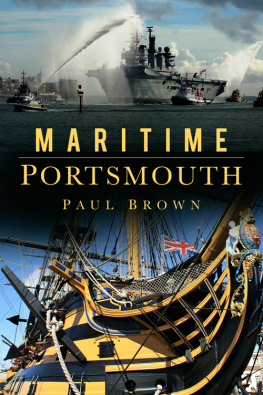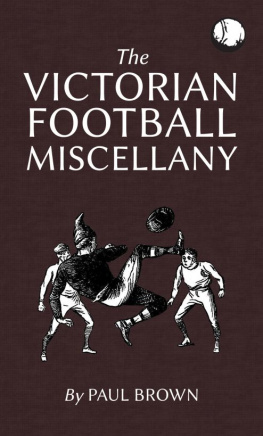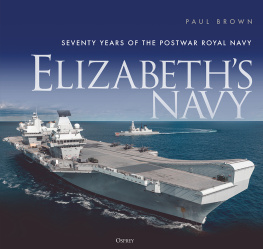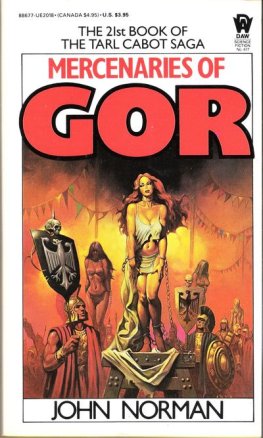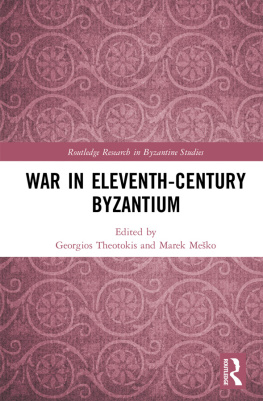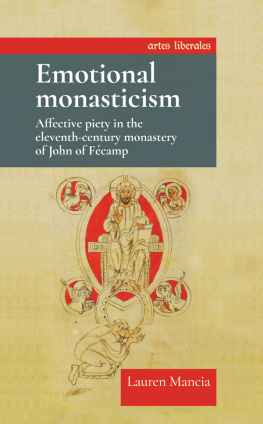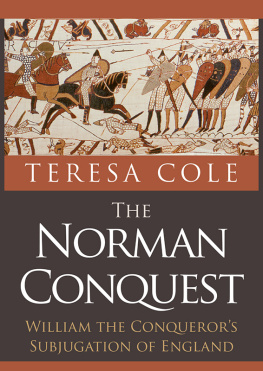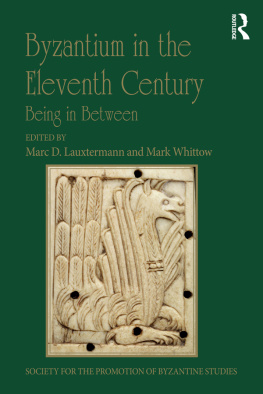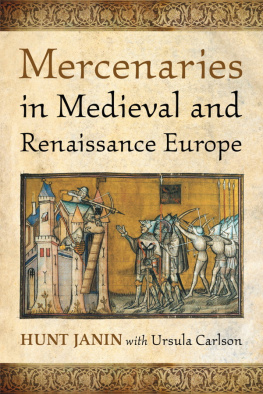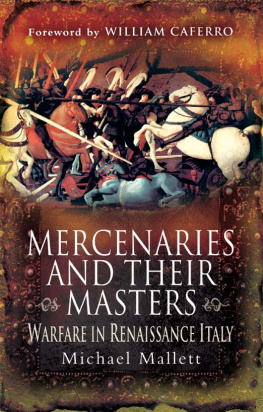First published in Great Britain in 2016 by
Pen & Sword Military
an imprint of
Pen & Sword Books Ltd
47 Church Street
Barnsley
South Yorkshire
S70 2AS
Copyright Paul Brown 2016
ISBN: 978 1 47382 847 6
PDF ISBN: 978 1 47388 011 5
EPUB ISBN: 978 1 47388 010 8
PRC ISBN: 978 1 47388 009 2
The right of Paul Brown to be identified as the Author of this Work has been asserted by him in accordance with the Copyright, Designs and Patents Act 1988.
A CIP catalogue record for this book is available from the British Library
All rights reserved. No part of this book may be reproduced or transmitted in any form or by any means, electronic or mechanical including photocopying, recording or by any information storage and retrieval system, without permission from the Publisher in writing.
Typeset in Minion by
Mac Style Ltd, Bridlington, East Yorkshire
Printed and bound in the UK by CPI Group (UK) Ltd,
Croydon, CRO 4YY
Pen & Sword Books Ltd incorporates the imprints of Pen & Sword Archaeology, Atlas, Aviation, Battleground, Discovery, Family History, History, Maritime, Military, Naval, Politics, Railways, Select, Transport, True Crime, and Fiction, Frontline Books, Leo Cooper, Praetorian Press, Seaforth Publishing and Wharncliffe.
For a complete list of Pen & Sword titles please contact
PEN & SWORD BOOKS LIMITED
47 Church Street, Barnsley, South Yorkshire, S70 2AS, England
E-mail:
Preface
W hat you hold in your hands is the much-delayed result of a research project I first began in 2010. However, after delivering a paper on my initial findings at a conference held at the University of Leeds in 2011 where I had the great pleasure of meeting formidable scholars of both southern Italian history (Graham Loud, Paul Oldfield and Alex Metcalfe) and of the Crusades (Alan Murray and Conor Kostick) progress effectively stalled. Having been waylaid both by life and by an ongoing, laborious side project (knowledge of classical texts in the medieval period), an email from Graham Loud reignited this now dormant endeavour. He informed me that Rupert Harding from Pen & Sword Books was looking for someone to write an account of Norman military exploits in the Mediterranean. I thanked Graham for passing on the query, deciding immediately to complete what I had started a few years earlier. Although I hope he will not regret it after reading this book, Graham must be thanked not only for passing on Ruperts query, but also for the help and encouragement he has given me to date. Lastly, the delay ended up being beneficial: various ideas have had time to coalesce and be refined, and the publication of books by Charles Stanton (2011) and Georgios Theotokis (2014) have since enhanced our understanding of a subject that had received little attention by academic historians when I first began researching it.
The end result is intended to be accessible to a broader audience than I normally write for that is to say, hopefully the book will be of interest to scholars and students, as well as general readers with an abiding interest not only in the medieval period, but in the history of warfare and the societies that have waged it. It was certainly challenging to write with a wider audience in mind, and I am grateful to Rupert Harding for helping me to make the transition (it is hoped with some success on my part). However, as an academic historian, certain approaches are still present. Detailed notes are provided towards the end of the work, albeit with comments kept to a minimum, which include the quoted excerpts from the original languages I am conversant with: Greek, Latin, and Old French (for other languages such as Arabic, I have relied on translations in French, Italian and English). The notes have not only been retained for scholars and students who would like to consult the various primary and secondary sources on which the various arguments are based, but also to encourage other interested readers to delve further into sections that take their interest.
As both a writer and an avid reader of history, I have always appreciated attention to detail, and accordingly the same approach has been taken in this book. While italicized technical terms have been reduced to a minimum, some have been retained where English equivalents do not exist or are misleading. However, since military terminology is of great importance in regard to certain interpretations discussed throughout the narrative (e.g. spear types and attendant tactics), I have chosen to discuss them at length in the Appendix. Also, while some authors choose to summarize the outcomes of campaigns and battles in a few sentences, where the sources provide the requisite detail, I have chosen to devote paragraphs or even pages to them. Hopefully this method will not be too taxing for those who appreciate a lighter narrative, but the intention from the outset has been to illuminate, where possible, the various stages of battles and sieges, in addition to the tactics and equipment used in them.
The rendering of foreign names can be a difficult task, especially when there are often two or three variants in use, especially for Arabic and Turkic names. I have generally used English equivalents where they exist (e.g. Basil, instead of Vasileios or Vasili), but not always (Raoul instead of Ralph). With Arabic names, the accenting system used by experts such as Alex Metcalfe has generally been followed. While the classical transliteration method for Greek has been employed, the letter is rendered as v rather than b (it has been pronounced by Greek-speakers as


